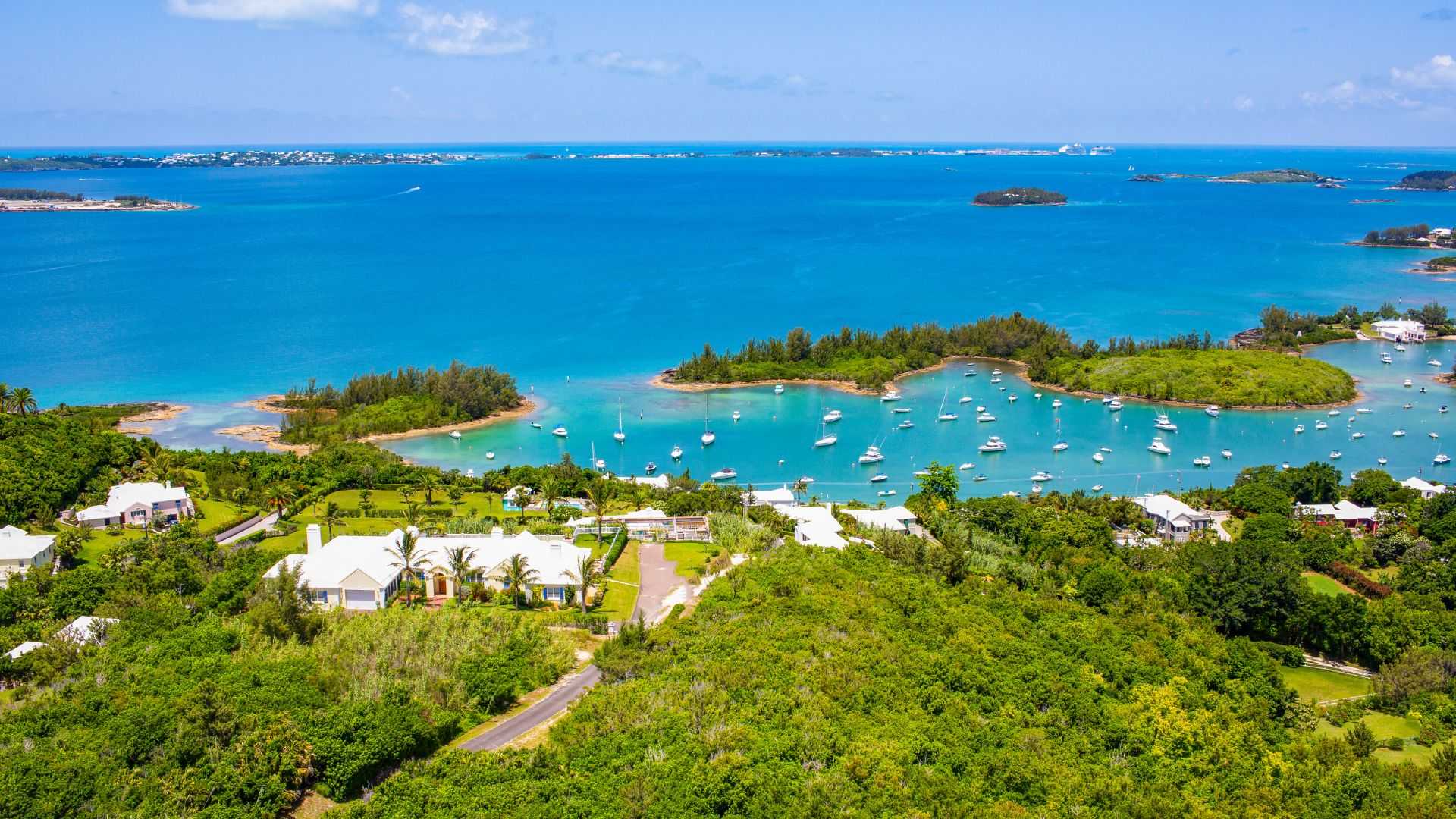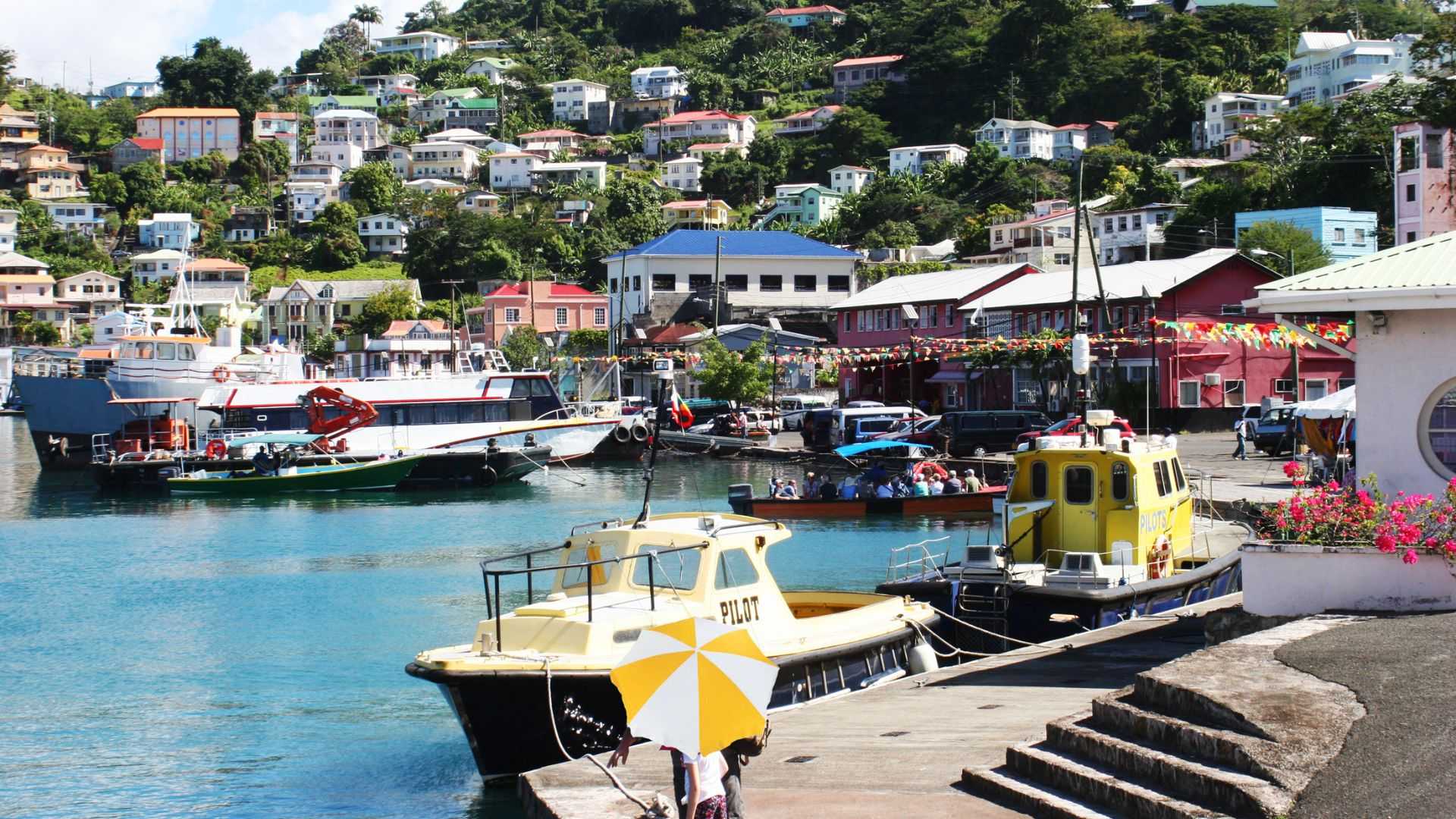Imagine a vast stretch of ocean where planes vanish without a trace and ships seem to dissolve into thin air. This isn't the premise of a mystery novel—this is the enigma of the Bermuda Triangle. Known as the "Devil's Triangle," this region in the North Atlantic has sparked intrigue, fear, and countless theories.
Understanding the Bermuda Triangle
The Bermuda Triangle is a large area of water that is hard to describe. It is about 10,000 square miles in size. Its three points connect Miami (Florida), Bermuda, and San Juan (Puerto Rico). Over the years, it has gained notoriety for unexplained disappearances of ships and planes, making it a hotbed of speculation.
The History of the Bermuda Triangle
The story of the Bermuda Triangle goes back to the late 1800s. The first widely reported incident was the disappearance of the USS Cyclops in 1918, a navy ship carrying over 300 men and 10,000 tonnes of manganese. Since then, hundreds of incidents have been recorded, including the disappearance of Flight 19, a group of bombers, in 1945. This history has cemented the area's reputation as a mysterious and dangerous zone.
Facts About The Bermuda Triangle

1. Unpredictable Weather Patterns
One of the key contributors to the Bermuda Triangle's mysteries is the volatile weather. Sudden storms and powerful ocean currents are common, making navigation tricky. Cyclones and rogue waves have been known to appear without Triangles, lowering even large vessels to do so.
2. Magnetic Anomalies
Some researchers suggest that the Bermuda Triangle is home to magnetic anomalies. These anomalies may interfere with compasses and navigation systems, leaving ships and planes off course. However, studies indicate that such disruptions are not unique to this region.
3. Methane Gas Eruptions
The seafloor beneath the Bermuda Triangle is rich in methane hydrate deposits. Sudden eruptions of methane gas can reduce the density of water, causing ships to sink rapidly. This scientific explanation has gained traction but cannot account for all incidents.
4. Human Error
Many disappearances can be attributed to human error. The B Bermuda Triangle sees heavy traffic, making collisions and accidents more likely. Inexperienced pilots and sailors are particularly vulnerable to challenging conditions.
5. Natural Phenomena
Scientists point to natural phenomena like the Gulf Stream and underwater earthquakes as possible explanations. The Gulf Stream, a power current, can swiftly erase evidence of wreckage, while underwater tremors might create violent waves capable of capsizing ships.
Debunking the Myths

While the Bermuda Triangle is known for supernatural activity, many experts argue that it is no more dangerous than any other ocean part. Travelling through this area doesn't increase your insurance rates, and the US government doesn't consider it an official danger zone.
Why the Mystery Endures
Despite logical explanations, the Bermuda Triangle continues to captivate imaginations. Media portrayals, from books to movies, have amplified its mystique. The human tendency to seek thrilling stories often overshadows mundane scientific explanations.
The Bermuda Triangle remains a fascinating puzzle. While science has provided plausible reasons for many mysteries, some questions linger. Whether it's the unpredictable forces of nature or tales spun by storytellers, this enigmatic stretch of ocean is likely to intrigue us for years to come.
FAQs
1. What is the Bermuda Triangle?
The Bermuda Triangle is a region in the North Atlantic where planes and ships have mysteriously disappeared.
2. Where is the Bermuda Triangle located?
It forms a triangle between Miami (Florida), Bermuda, and San Juan (Puerto Rico).
3. Are disappearances in the Bermuda Triangle real?
Many incidents are attributed to natural causes, human error, or navigational challenges.
4. Is the Bermuda Triangle scientifically proven to be dangerous?
Experts believe it is no more hazardous than other ocean regions with heavy traffic.
5. What causes disappearances in the Bermuda Triangle?
Possible reasons include sudden storms, magnetic anomalies, methane eruptions, and human error.














